Page 169 of 206

168
WARNING
LIGHTS AND
MESSAGES
TECHNICAL
SPECIFICATIONS
INDEX
DASHBOARD
AND CONTROLS
SAFETY
DEVICES
CORRECT USE
OF THE CAR
IN AN
EMERGENCY
CAR
MAINTENANCE
BATTERY
The car fits a low-maintenance battery: no
top-ups with distilled water are needed in
normal conditions of use.
INSPECTING THE CHARGE
AND THE ELECTROLYTE LEVEL
Inspection operations must be carried out
by specialised personnel, following the
prescriptions contained in the Use and
maintenance booklet. Any top-up opera-
tions must be carried out by specialised
personnel and by Fiat Dealership.Battery liquid is poisonous
and corrosive. Avoid contact
with the skin and eyes. Keep naked
flames and sources of sparks away
from the battery: risk of explosion
and fire.
WARNING
Running the battery with an
excessively low liquid level
will damage the battery beyond re-
pair and even cause an explosion.
WARNING
CHANGING THE BATTERY
If required, replace the battery with a gen-
uine spare part having the same specifi-
cations.
If a battery with different specifications is
fitted, the service intervals given in the
“Service schedule” in this section will no
longer be valid.
Refer therefore to the instructions pro-
vided by the battery manufacturer.
155-176 Panda New GB 21-06-2007 13:52 Pagina 168
Page 170 of 206

169
WARNING
LIGHTS AND
MESSAGES
TECHNICAL
SPECIFICATIONS
INDEX
DASHBOARD
AND CONTROLS
SAFETY
DEVICES
CORRECT USE
OF THE CAR
IN AN
EMERGENCY
CAR
MAINTENANCE
IMPORTANT If the charge level remains
for a long time under 50%, the battery is
damaged by sulphation, reducing its ca-
pacity and starting attitude.
The battery will also be more at risk of
freezing (e.g. already at -10°C). Refer to
the paragraph “Car inactivity” in “Starting
and driving” if the car is left parked for a
long time.
If after buying the car, you want to install
electric accessories which require per-
manent electric supply (alarm, etc.) con-
tact Fiat Dealership whose qualified per-
sonnel, in addition to suggesting the most
suitable devices, will evaluate the overall
electric absorption, checking whether the
car’s electric system is capable of with-
standing the load required, or whether it
should be integrated with a more power-
ful battery.
Since these devices continue absorbing en-
ergy even when the ignition key is off, they
gradually run down the battery. USEFUL ADVICE FOR
LENGTHENING THE LIFE OF
YOUR BATTERY
To avoid draining your battery and length-
en its life, observe the following indica-
tions:
❒when you park the car, ensure the
doors, tailgate and bonnet are closed
properly;
❒switch off all lights inside the car: the
car is however equipped with a system
which switches all internal lights off au-
tomatically;
❒do not keep accessories (e.g. sound sys-
tem, hazard lights, etc.) switched on for
a long time when the engine is not run-
ning;
❒before performing any operation on the
electrical system, disconnect the bat-
tery negative cable;
❒battery terminals shall always be per-
fectly tightened. Incorrect assembly of electric
and electronic devices may
cause severe damage to your
car. Go to a Fiat Dealership if
you want to install accessories (alarms,
mobile phone, etc.): they will suggest
the most suitable devices and advise
you if a higher capacity battery needs
to be installed.
Batteries contain substances
that can be very dangerous
for the environment. t is ad-
visable to have the battery
changed by a Fiat Dealership where it
will be disposed of according to the
law.
If the vehicle must remain
unused for a long time at
very low temperature, remove the
battery and carry it to a warm place,
to avoid freezing.
WARNING
When you must perform any
operation on the battery or
near it, always protect your eyes with
the special goggles.
WARNING
155-176 Panda New GB 21-06-2007 13:52 Pagina 169
Page 171 of 206

170
WARNING
LIGHTS AND
MESSAGES
TECHNICAL
SPECIFICATIONS
INDEX
DASHBOARD
AND CONTROLS
SAFETY
DEVICES
CORRECT USE
OF THE CAR
IN AN
EMERGENCY
CAR
MAINTENANCE
WHEELS AND TYRES
Check the pressure of each tyre, includ-
ing the spare, every two weeks and before
long journeys: the pressure should be
checked with the tyre rested and cold.
For the correct tyre inflation pressure, see
“Wheels” in “Technical specifications”
section.Incorrect pressure causes abnormal tyre
wearfig. 15:
Anormal pressure: tread evenly worn.
Blow pressure: tread particularly worn
at the edges.
Chigh pressure: tread particularly worn
in the centre.
Tyres must be replaced when the tread
wears down to 1,6 mm. In any case, com-
ply with the laws in the country where the
car is being driven.
fig. 15F0G0112m
IMPORTANT NOTES
❒As far as possible, avoid sharp braking
and screech starts etc. Be careful not
to hit the kerb, potholes or other ob-
stacles hard. Driving for long stretch-
es over bumpy roads can damage the
tyres;
❒periodically check that the tyres have
no cuts in the side wall, abnormal
swelling or irregular tyre wear. If any of
these occur, have the car seen to at a
Fiat Dealership;
❒avoid overloading the car when travel-
ling: this may cause serious damage to
the wheels and tyres;
❒if a tyre is punctured, stop immediate-
ly and charge it to avoid damage to the
tyre, the rim, suspensions and steering
system;
155-176 Panda New GB 21-06-2007 13:52 Pagina 170
Page 172 of 206

171
WARNING
LIGHTS AND
MESSAGES
TECHNICAL
SPECIFICATIONS
INDEX
DASHBOARD
AND CONTROLS
SAFETY
DEVICES
CORRECT USE
OF THE CAR
IN AN
EMERGENCY
CAR
MAINTENANCE
RUBBER HOSES
As far as the brake system and fuel rubber
hoses are concerned, carefully follow the
“Service schedule” in this section.
Indeed ozone, high temperatures and pro-
longed lack of fluid in the system may
cause hardening and cracking of the hoses,
with possible leaks. Careful control is
therefore necessary.
❒tyres age even if they are not used
much. Cracks in the tread rubber are
a sign of ageing. In any case, if the tyres
have been on the car for over 6 years,
they should be checked by specialised
personnel, to see if they can still be
used. Also remember to check the
spare wheel;
❒ In the case of replacement, always fit
new tyres, avoiding those of dubious
origin;
❒ If a tyre is changed, also change the in-
flation valve;
❒to allow even wear between the front
and rear tyres, it is advisable to change
them over every 10-15 thousand kilo-
metres, keeping them on the same side
of the car so as not to reverse the di-
rection of rotation.
Remember that road holding
depends also on the correct
tyre inflating pressure.
WARNING
If the pressure is too low the
tyre overheats and this can
cause it serious damage.
WARNING
Do not cross switch the
tyres, moving them from the
right of the car to the left and vice
versa.
WARNING
Never submit alloy rims to
repainting treatments re-
quiring to use temperatures exceed-
ing 150°C. The mechanical properties
of the wheels could be impaired.
WARNING
155-176 Panda New GB 21-06-2007 13:52 Pagina 171
Page 173 of 206

172
WARNING
LIGHTS AND
MESSAGES
TECHNICAL
SPECIFICATIONS
INDEX
DASHBOARD
AND CONTROLS
SAFETY
DEVICES
CORRECT USE
OF THE CAR
IN AN
EMERGENCY
CAR
MAINTENANCE
WINDSCREEN/
REAR WINDOW
WIPERS
BLADES
Periodically clean the rubber part using
special products; TUTELA PROFES-
SIONAL SC 35 is recommended.
If the rubber blades are bent or worn they
should be replaced. In any case they should
be changed once a year.
A few simple notions can reduce the pos-
sibility of damage to the blades:
❒if the temperature falls below zero,
make sure that ice has not frozen the
rubber against glass. If necessary, thaw
using an antifreeze product;
❒remove any snow from the glass: in ad-
dition to protecting the blades, this pre-
vents effort on the motor and over-
heating;
❒do not operate the windscreen and
rear window wipers on dry glass.Changing the windscreen
wiper blades fig. 16
Proceed as follows:
❒raise the windscreen wiper arm Aand
position the blade so that it forms an
angle of 90° with the arm;
❒press tab Bof the coupling spring and
remove the blade to be replaced from
the arm A;
❒fit the new blade by inserting the tab in-
to the special slot in the arm. Make sure
it is properly locked into place.
fig. 16F0G0218m
Driving with worn wiper
blades is a serious hazard,
because visibility is reduced in bad
weather.
WARNING
Changing the rear
window blade fig. 17
Proceed as follows:
❒raise the cover Aand remove the arm
from the car, slackening the nut Bthat
fastens it to the pivot pin;
❒ fit the new arm, positioning it correct-
ly, and fully tighten the nut;
❒ lower the cover.
fig. 17F0G0077m
155-176 Panda New GB 21-06-2007 13:52 Pagina 172
Page 174 of 206

173
WARNING
LIGHTS AND
MESSAGES
TECHNICAL
SPECIFICATIONS
INDEX
DASHBOARD
AND CONTROLS
SAFETY
DEVICES
CORRECT USE
OF THE CAR
IN AN
EMERGENCY
CAR
MAINTENANCE
BODYWORK
PROTECTION FROM
ATMOSPHERIC AGENTS
The main causes of corrosion are the fol-
lowing:
❒ atmospheric pollution;
❒ salty air and humidity (coastal areas, or
hot humid climates);
❒ seasonal environment conditions.
Not to be underestimated is also the abra-
sive action of wind-borne atmospheric
dust and sand and mud and gravel raised
by other vehicles.
On your Fiat Panda, Fiat implemented the
best manufacturing technologies to effec-
tively protect the bodywork against cor-
rosion.
These include:
❒ Painting products and systems which
give the car particular resistance to cor-
rosion and abrasion;
❒ Use of galvanised (or pretreated) steel
sheets, with high resistance to corro-
sion;
❒ Spraying the underbody, engine com-
partment, wheelhouse internal parts
and other parts with highly protective
wax products; SPRAY NOZZLES
Windscreen wiper fig. 18
If the jet of fluid is inadequate, firstly check
that there is fluid in the reservoir: see
“Checking fluid levels” in this section).
Then check that the nozzle holes are not
clogged, if necessary use a needle.
The windscreen jets are directed by ad-
justing the angle of the nozzles.
Fluid jets shall be directed at about
1/3height from the window upper edge.Rear window wiper fig. 19
Rear window washer jets are fixed.
The nozzle holder is on the rear window.
fig. 18F0G0116mfig. 19F0G0117m
155-176 Panda New GB 21-06-2007 13:52 Pagina 173
Page 175 of 206

174
WARNING
LIGHTS AND
MESSAGES
TECHNICAL
SPECIFICATIONS
INDEX
DASHBOARD
AND CONTROLS
SAFETY
DEVICES
CORRECT USE
OF THE CAR
IN AN
EMERGENCY
CAR
MAINTENANCE
❒spraying of plastic parts, with a protec-
tive function in the more exposed
points: underdoor, inner fender parts,
edges, etc;
❒ Use of “open” boxed sections to pre-
vent condensation and pockets of mois-
ture from triggering rust inside.
BODY AND UNDERBODY
WARRANTY
Your Fiat Panda is covered by warranty
against perforation due to rust of any orig-
inal element of the structure or body.
For the general terms of this warranty, re-
fer to Fiat Warranty Booklet.
ADVICE FOR PRESERVING
THE BODYWORK
Paint
Paintwork does not only serve an aesteth-
ic purpose, but also protects the under-
lying sheet metal.
In the case of deep scrapes or scores, you
are advised to have the necessary touching
up carried out immediately to avoid the for-
mation of rust. For touching up use only
original products (see “Bodywork paint
identification plate” in section “Technical
specifications”).Normal paint maintenance consists in
washing at intervals depending on the con-
ditions and environment of use. For exam-
ple, in highly polluted areas, or if the roads
are sprayed with salt, it is wise to wash the
car more frequently.
To correctly wash the car:
❒ remove the aerial from the roof to pre-
vent damage to it if the car is washed in
an automatic system;
❒ wash the body using a low pressure jet
of water;
❒ wipe a sponge with a slightly soapy so-
lution over the bodywork, frequently
rinsing with the sponge;
❒ rinse well with water and dry with a jet
of air or a chamois leather.
When drying, take particular care with the
less visible parts like door surrounds, bon-
net and around the headlights where wa-
ter may stagnate. The car should not be
taken to a closed area immediately, but left
in the open so that residual water can
evaporate.
Do not wash the car after it has been left
in the sun or with the bonnet hot: this may
alter the shine of the paintwork.Windows
Use specific window cleaner products.
Use also clean cloths to avoid scratching
the glass or damaging the transparency.
IMPORTANT The inside of the
rearscreen should be wiped gently with a
cloth in the direction of the filaments to
avoid damaging the heating device. Exterior plastic parts must be cleaned in
the same way as the rest of the car.
Where possible, do not park under trees;
the resinous substance many species re-
lease give the paint a dull appearance and
increase the possibility of triggering rust
processes.
IMPORTANT Bird droppings must be
washed off immediately and thoroughly as
the acid they contain is particularly ag-
gressive.
Detergents cause water pollu-
tion. Therefore the engine
compartment should be
washed in areas equipped for
collecting and purifying the liquid used
in the washing process.
155-176 Panda New GB 21-06-2007 13:52 Pagina 174
Page 176 of 206

175
WARNING
LIGHTS AND
MESSAGES
TECHNICAL
SPECIFICATIONS
INDEX
DASHBOARD
AND CONTROLS
SAFETY
DEVICES
CORRECT USE
OF THE CAR
IN AN
EMERGENCY
CAR
MAINTENANCE
CLEANING SEATS AND FABRIC
AND VELVET PARTS
Use a soft brush or vacuum cleaner to re-
move dust. Velvet is cleaned better if the
brush is moistened.
Rub the seats with a sponge moistened
with a solution of water and neutral de-
tergent.
INTERIOR PLASTIC PARTS
For routine cleaning of interior plastic
parts use a soft cloth moistened with wa-
ter and neutral soap. Remove grease or
persisting stains using appropriate solvent-
free products designed to preserve ap-
pearance and colour of plastic compo-
nents.
IMPORTANT Never use spirit or petro-
leum to clean the instrument panel.INTERIORS
Periodically check that water is not
trapped under the mats (due to water
dripping off shoes, umbrellas, etc.) which
could cause oxidisation of the sheet met-
al. Engine compartment
At the end of the winter the engine com-
partment should be carefully washed,
without directing the jet against electron-
ic control units. Contact a specialised
workshop to have this done.
IMPORTANT The car should be washed
with the engine cold and the ignition key
at STOP. After washing make sure that
the various protections (e.g. rubber caps
and various covers) have not been dam-
aged or removed.
Front headlights
IMPORTANT Never use aromatic sub-
stances (e.g.: petrol) or ketones (e.g.: ace-
tone) for cleaning front headlight plastic
lens.
Never use flammable prod-
ucts like oil ether or rectified
petrol for cleaning car interiors. Elec-
trostatic discharges generated by rub-
bing during cleaning operations could
cause fire.
WARNING
Do not keep aerosol cans in
the car: they might explode.
Aerosol cans must never be exposed
to a temperature above 50° C. The
temperature inside the car exposed
to the sun may go well beyond that
figure.
WARNING
155-176 Panda New GB 21-06-2007 13:52 Pagina 175
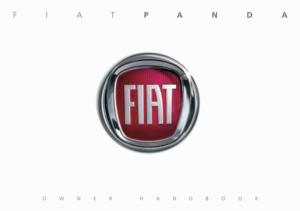 1
1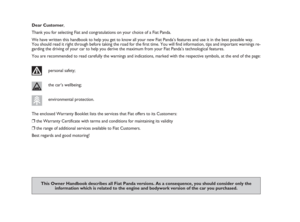 2
2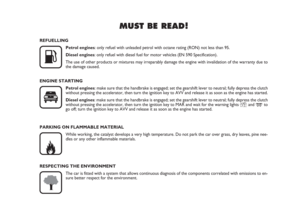 3
3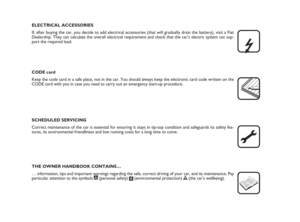 4
4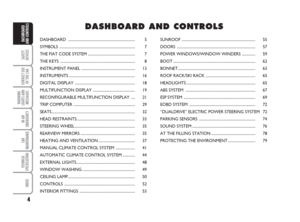 5
5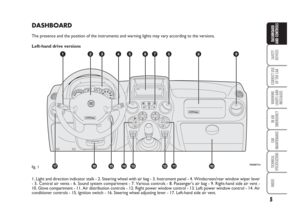 6
6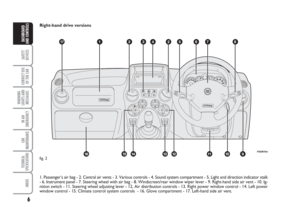 7
7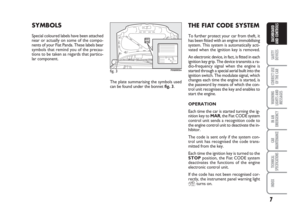 8
8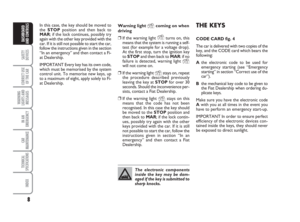 9
9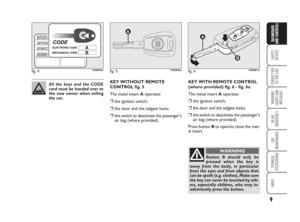 10
10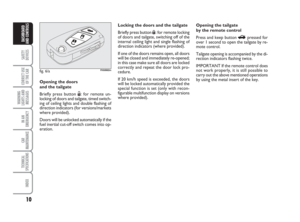 11
11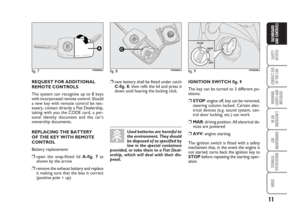 12
12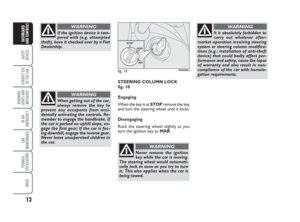 13
13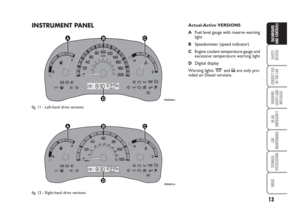 14
14 15
15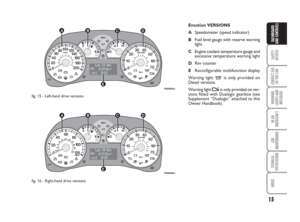 16
16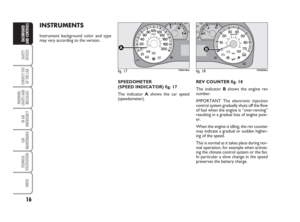 17
17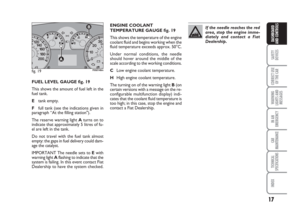 18
18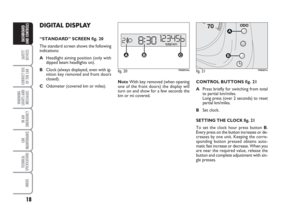 19
19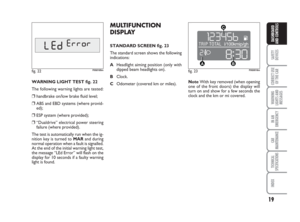 20
20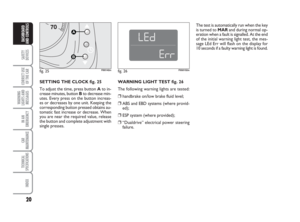 21
21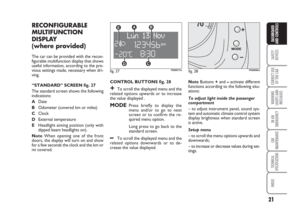 22
22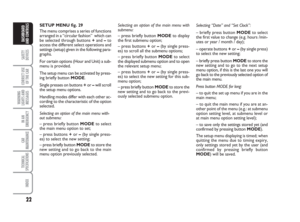 23
23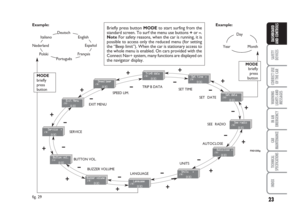 24
24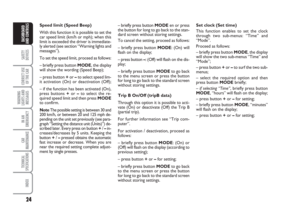 25
25 26
26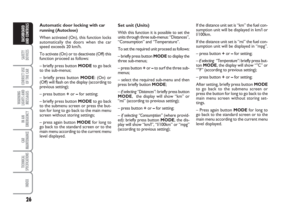 27
27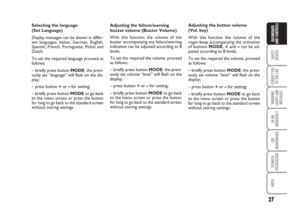 28
28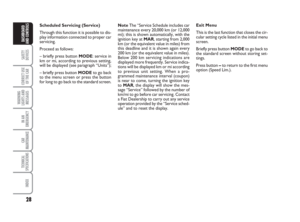 29
29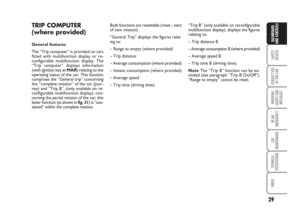 30
30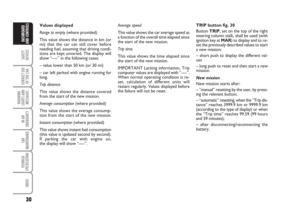 31
31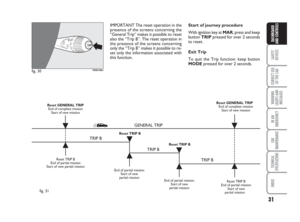 32
32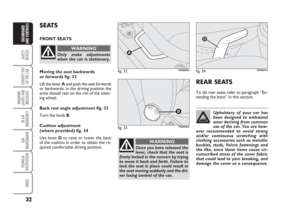 33
33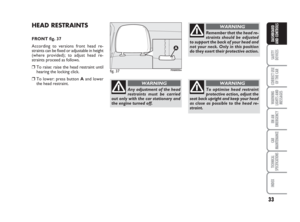 34
34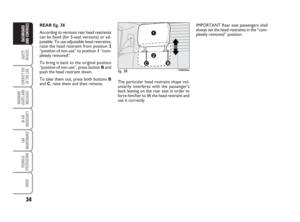 35
35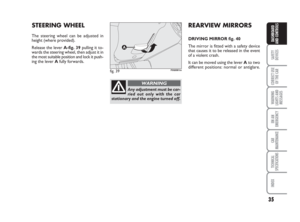 36
36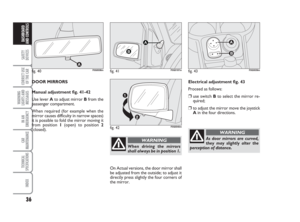 37
37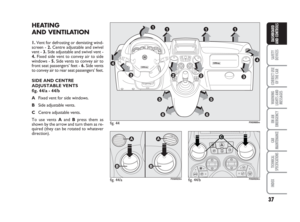 38
38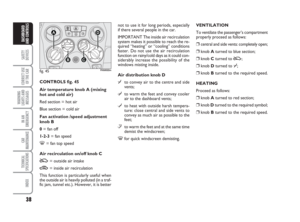 39
39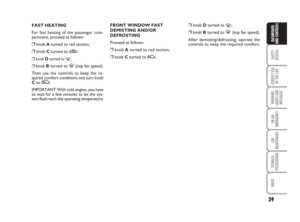 40
40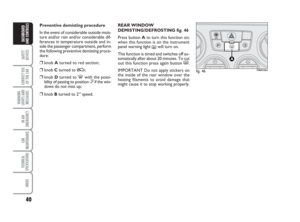 41
41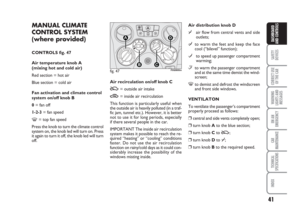 42
42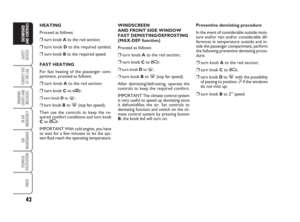 43
43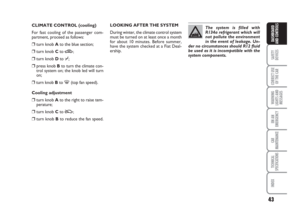 44
44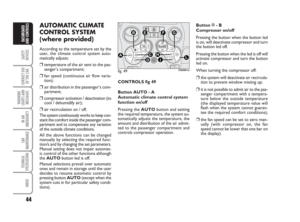 45
45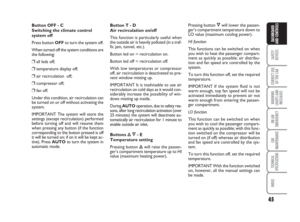 46
46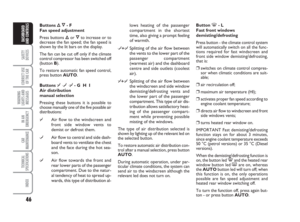 47
47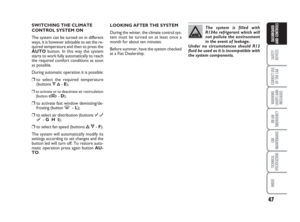 48
48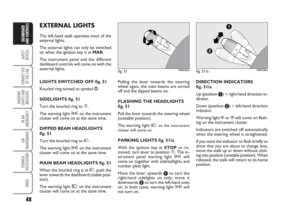 49
49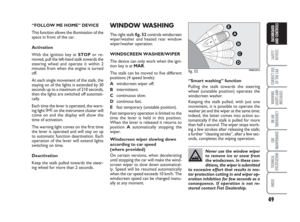 50
50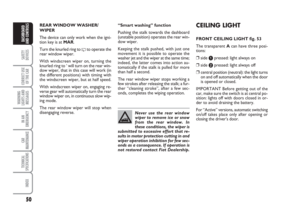 51
51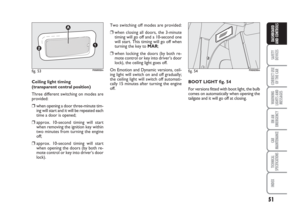 52
52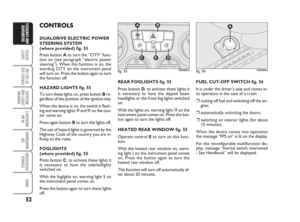 53
53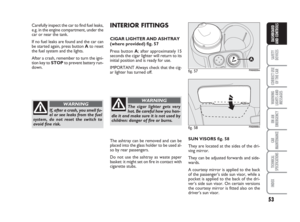 54
54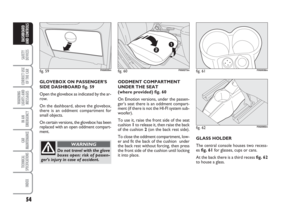 55
55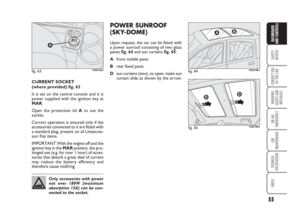 56
56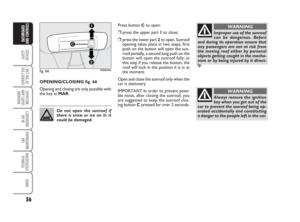 57
57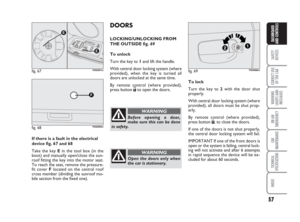 58
58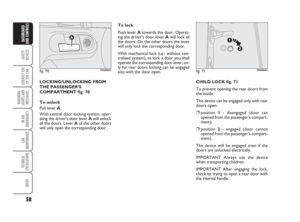 59
59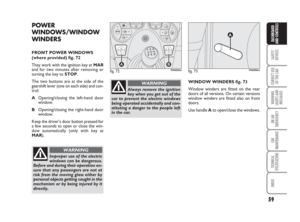 60
60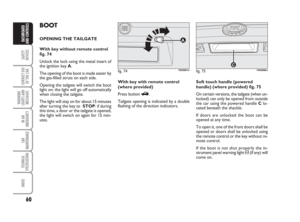 61
61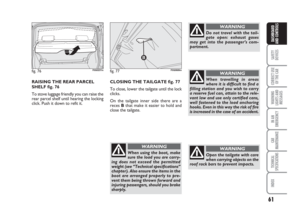 62
62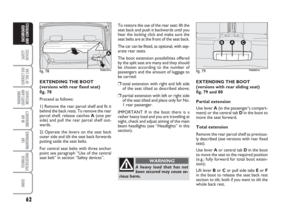 63
63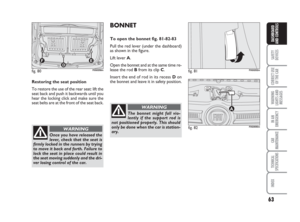 64
64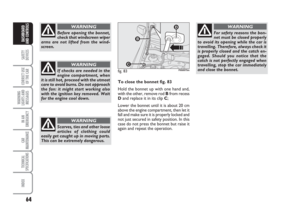 65
65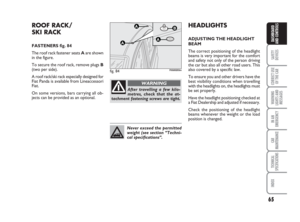 66
66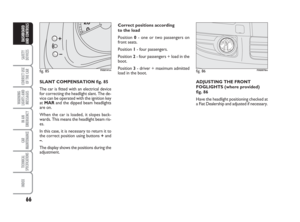 67
67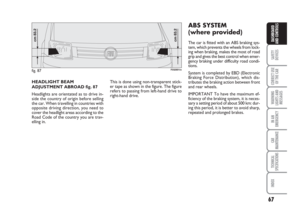 68
68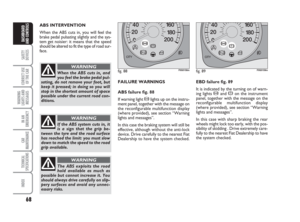 69
69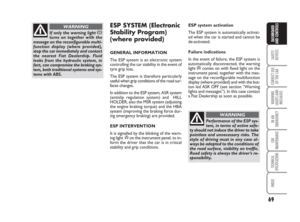 70
70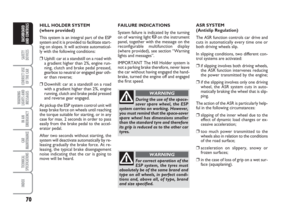 71
71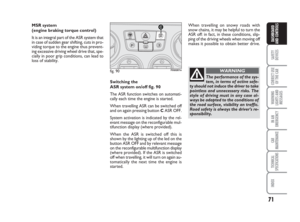 72
72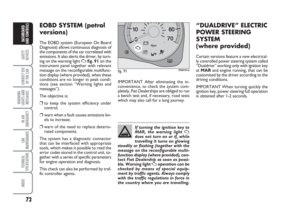 73
73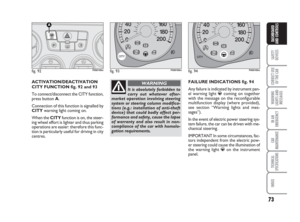 74
74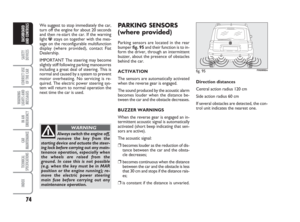 75
75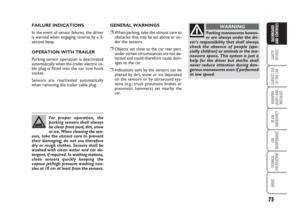 76
76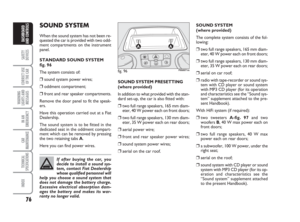 77
77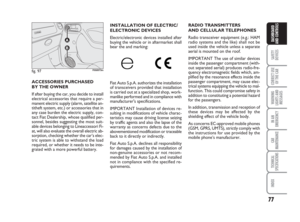 78
78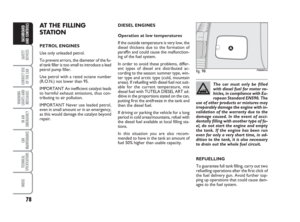 79
79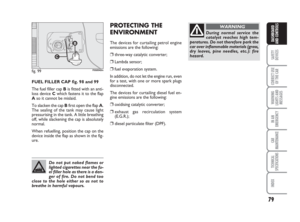 80
80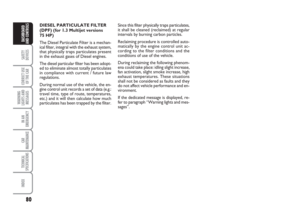 81
81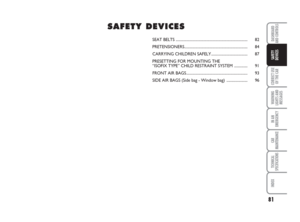 82
82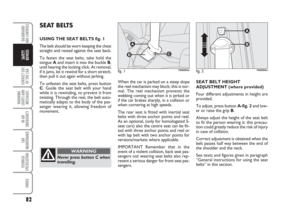 83
83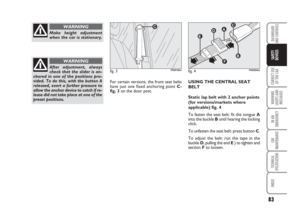 84
84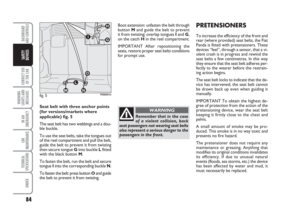 85
85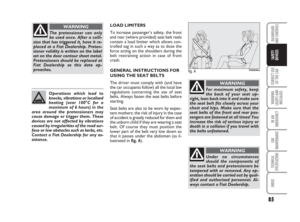 86
86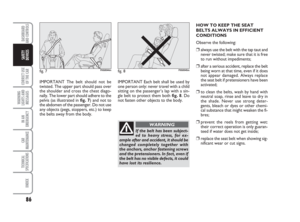 87
87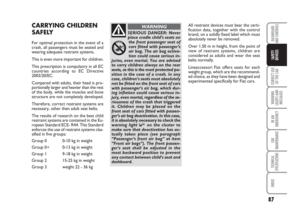 88
88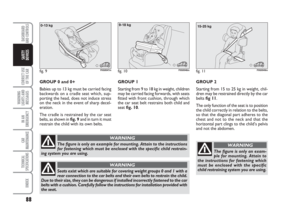 89
89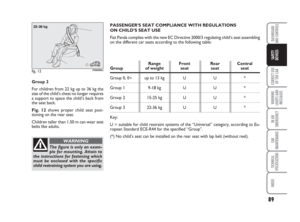 90
90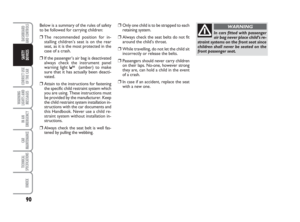 91
91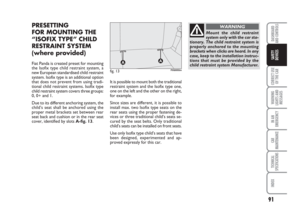 92
92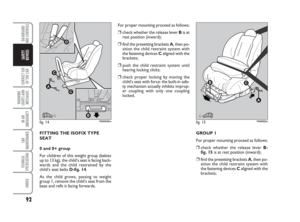 93
93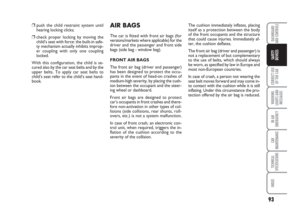 94
94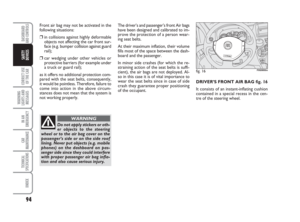 95
95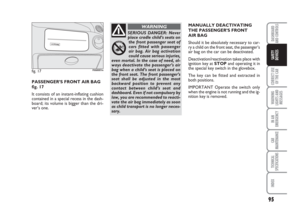 96
96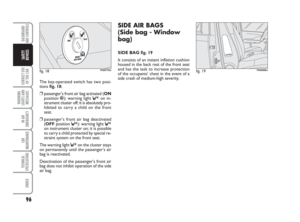 97
97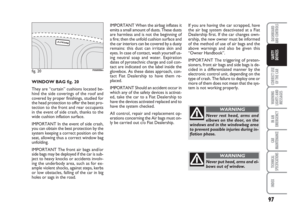 98
98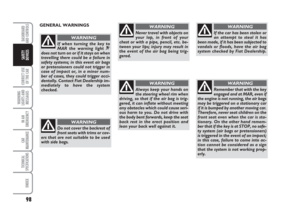 99
99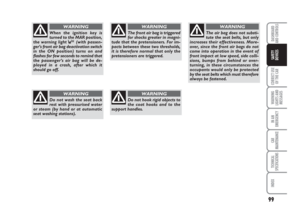 100
100 101
101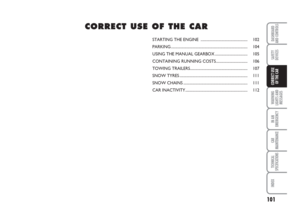 102
102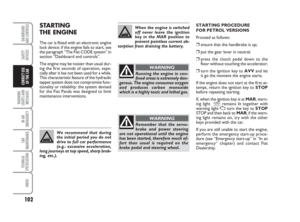 103
103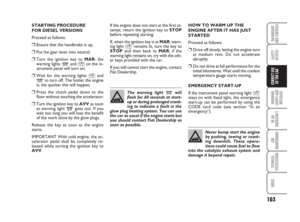 104
104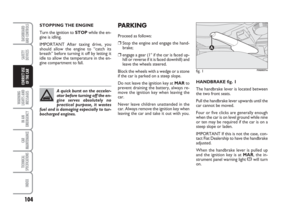 105
105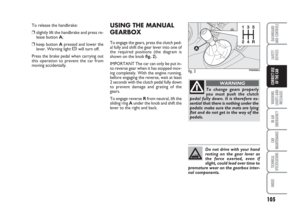 106
106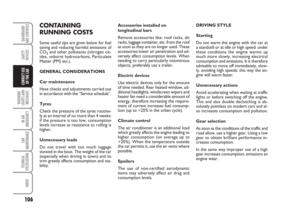 107
107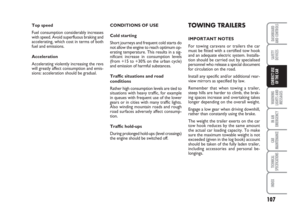 108
108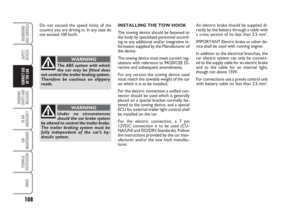 109
109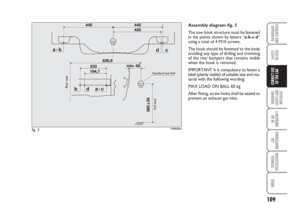 110
110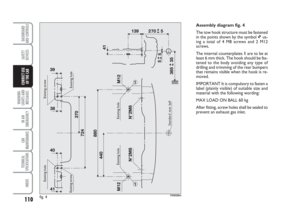 111
111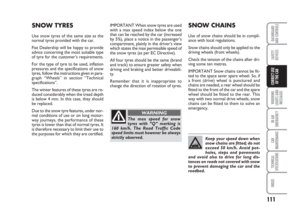 112
112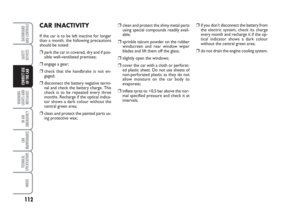 113
113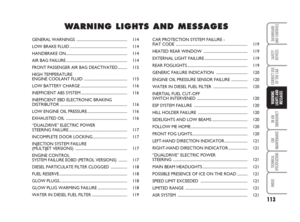 114
114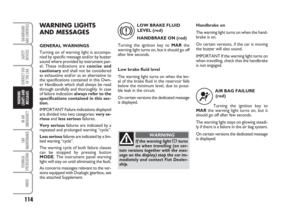 115
115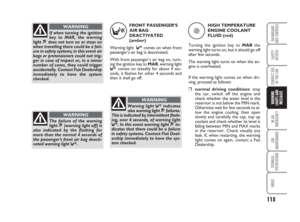 116
116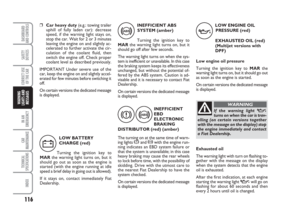 117
117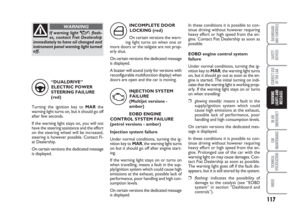 118
118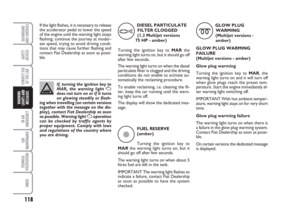 119
119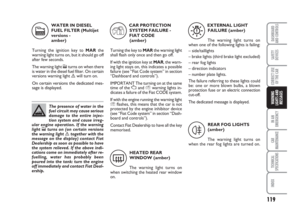 120
120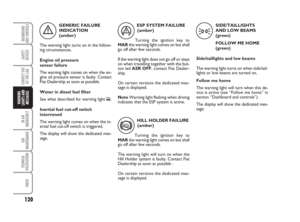 121
121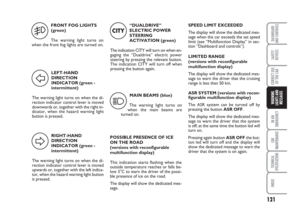 122
122 123
123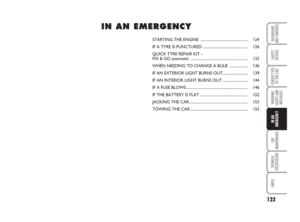 124
124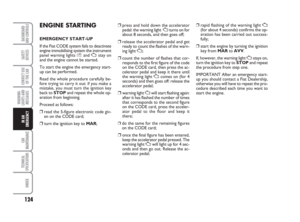 125
125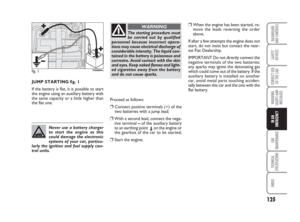 126
126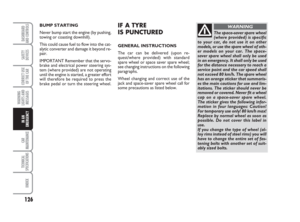 127
127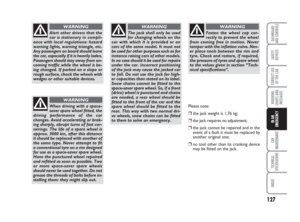 128
128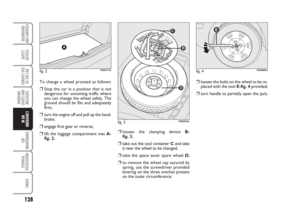 129
129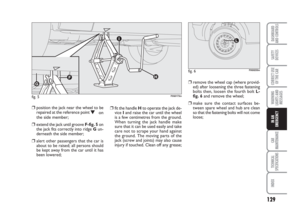 130
130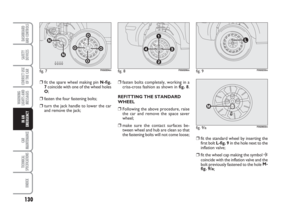 131
131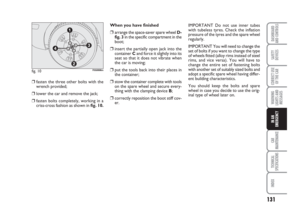 132
132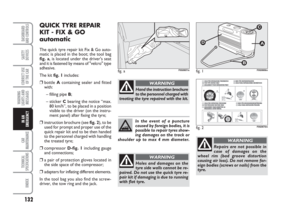 133
133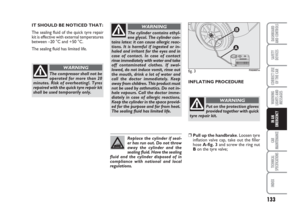 134
134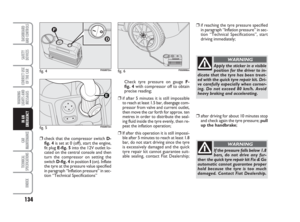 135
135 136
136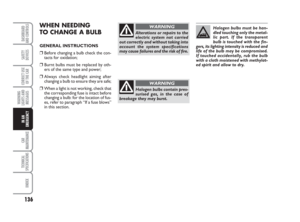 137
137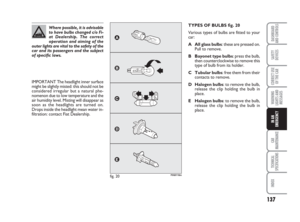 138
138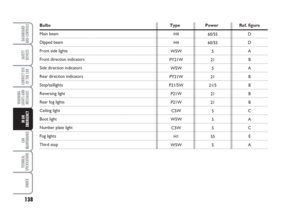 139
139 140
140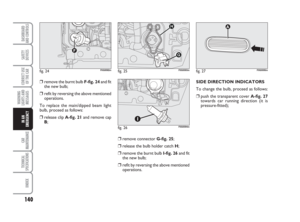 141
141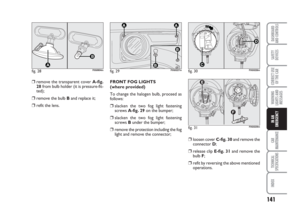 142
142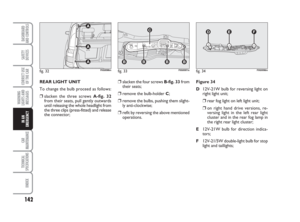 143
143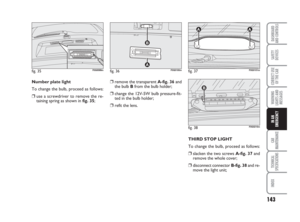 144
144 145
145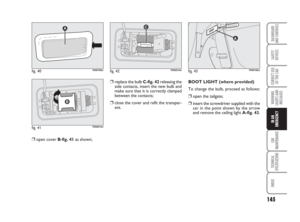 146
146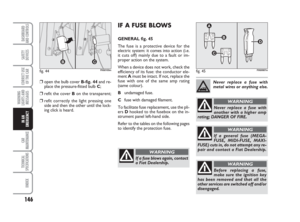 147
147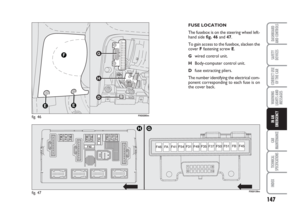 148
148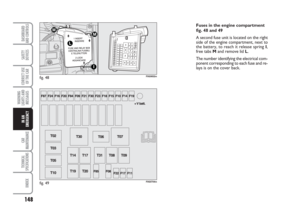 149
149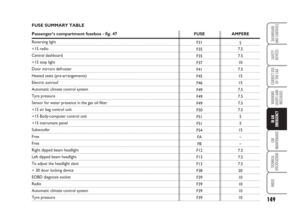 150
150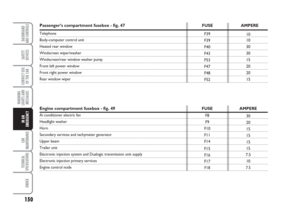 151
151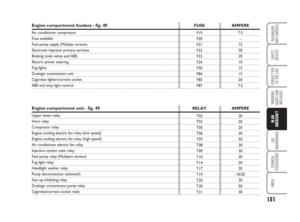 152
152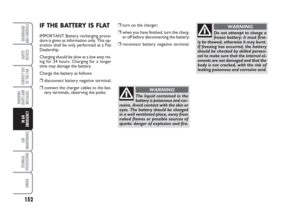 153
153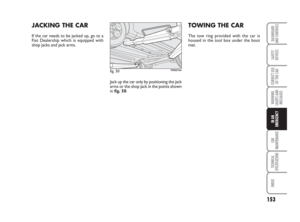 154
154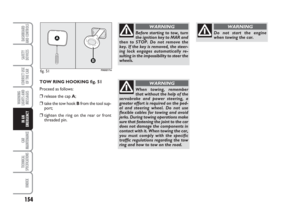 155
155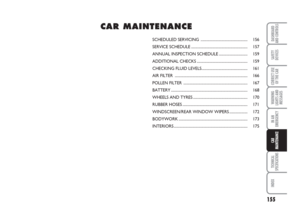 156
156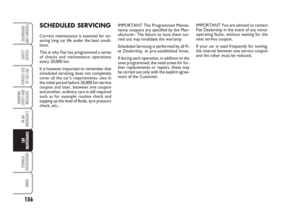 157
157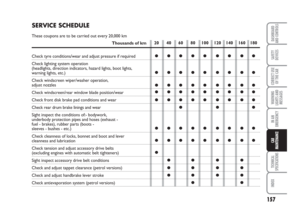 158
158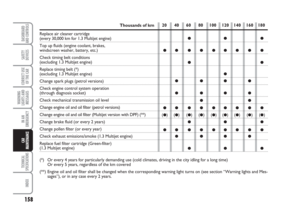 159
159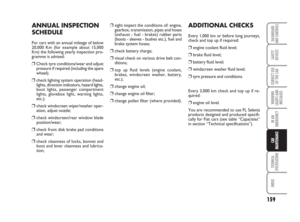 160
160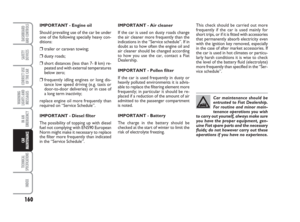 161
161 162
162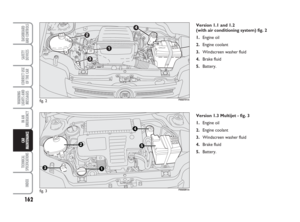 163
163 164
164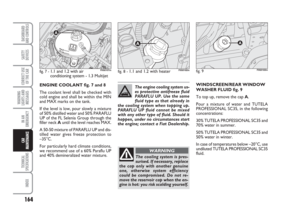 165
165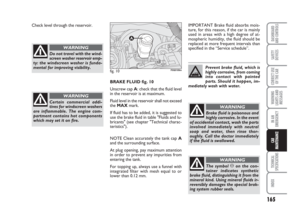 166
166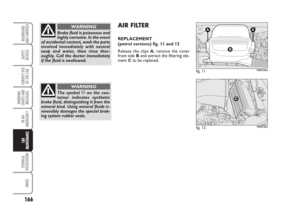 167
167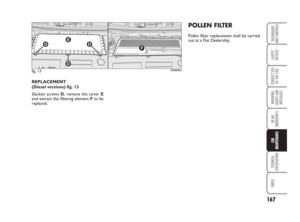 168
168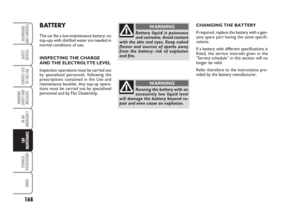 169
169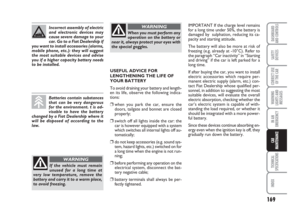 170
170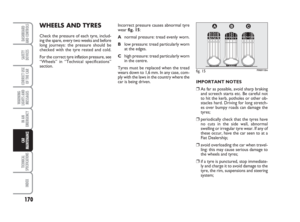 171
171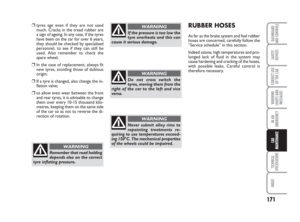 172
172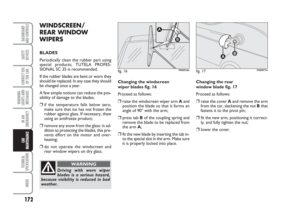 173
173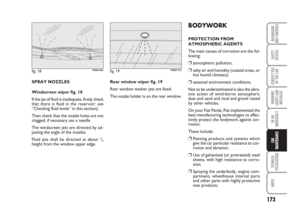 174
174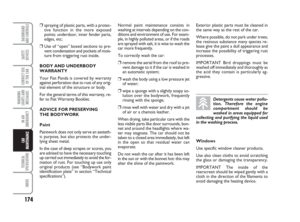 175
175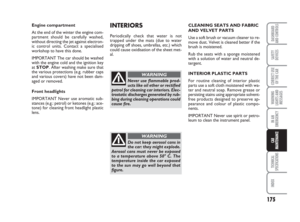 176
176 177
177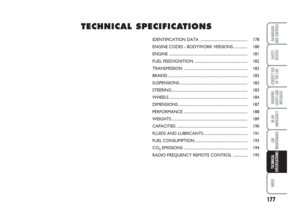 178
178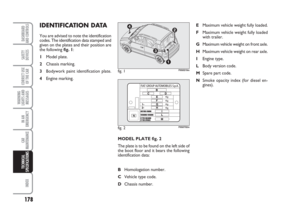 179
179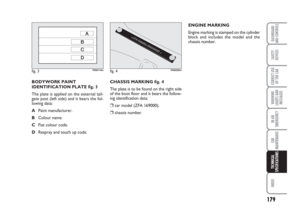 180
180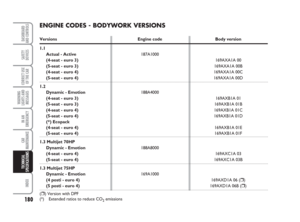 181
181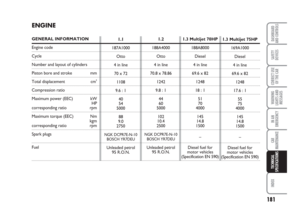 182
182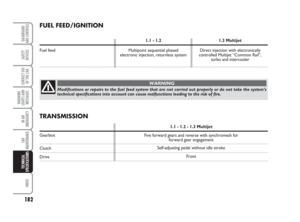 183
183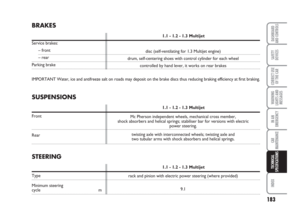 184
184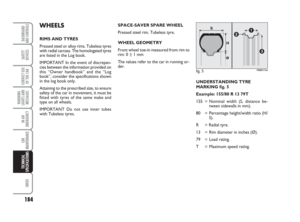 185
185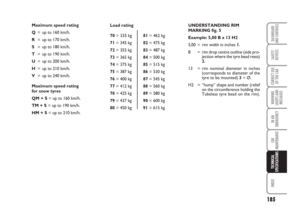 186
186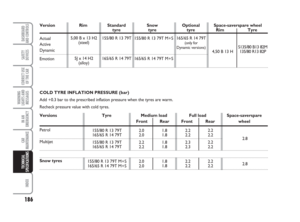 187
187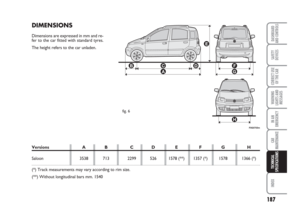 188
188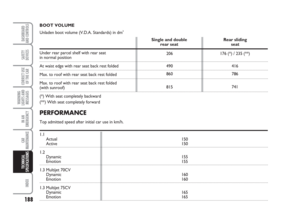 189
189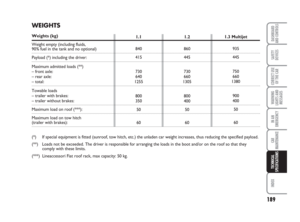 190
190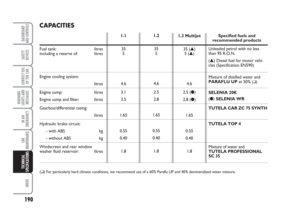 191
191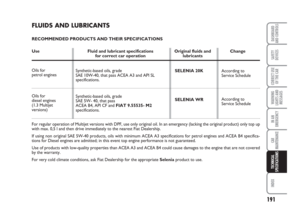 192
192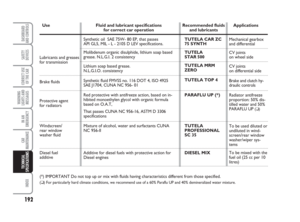 193
193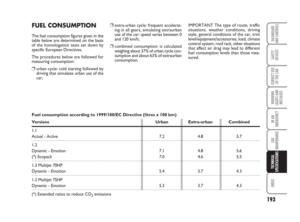 194
194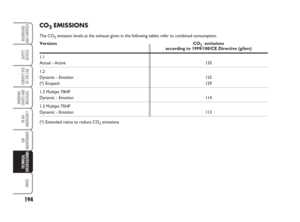 195
195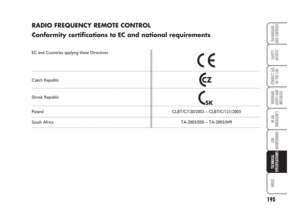 196
196 197
197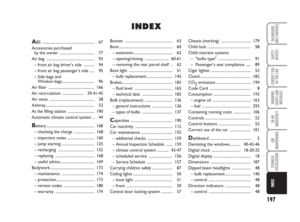 198
198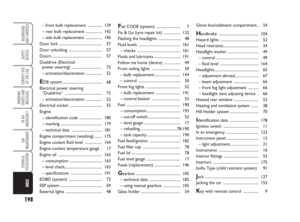 199
199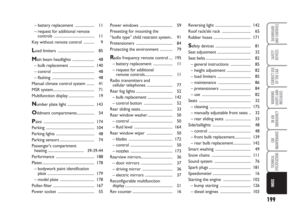 200
200 201
201 202
202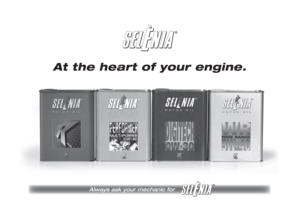 203
203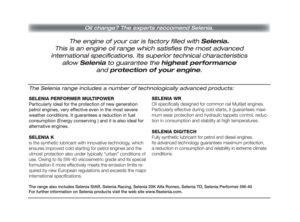 204
204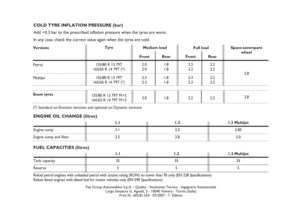 205
205






